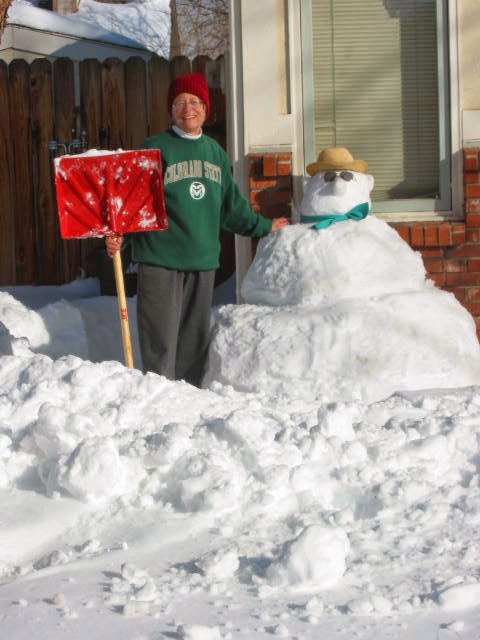Don’t you just love it when a writer makes you feel like you’re right inside the story? You are THERE, in the scene with the characters. Next time you read something that transports you, stop and take a look at how the writer practiced the skill of SHOW DON’T TELL. Telling, instead of showing, comes out flat. For example: It was a windy afternoon with a dark and threatening sky. The clouds were thick and grey over the canyon and soon it began to thunder. Showing makes it more alive: The wind roared up the canyon that afternoon, whipping dry cottonwood leaves into dancing whirls of yellow. Dark clouds rolled in soon after, bringing deeper and deeper rumbles of thunder. Here are some ways to SDT (Show Don’t Tell): USE VIVID, ACTIVE VERBS: Notice in the second selection the verbs: roared, whipping, dancing, rolled. See how they replaced the weak use of the “to be” verbs? You can’t always avoid using ‘was,’ ‘were,’ ‘is’, ‘are,’ in your writing, but watch for...
